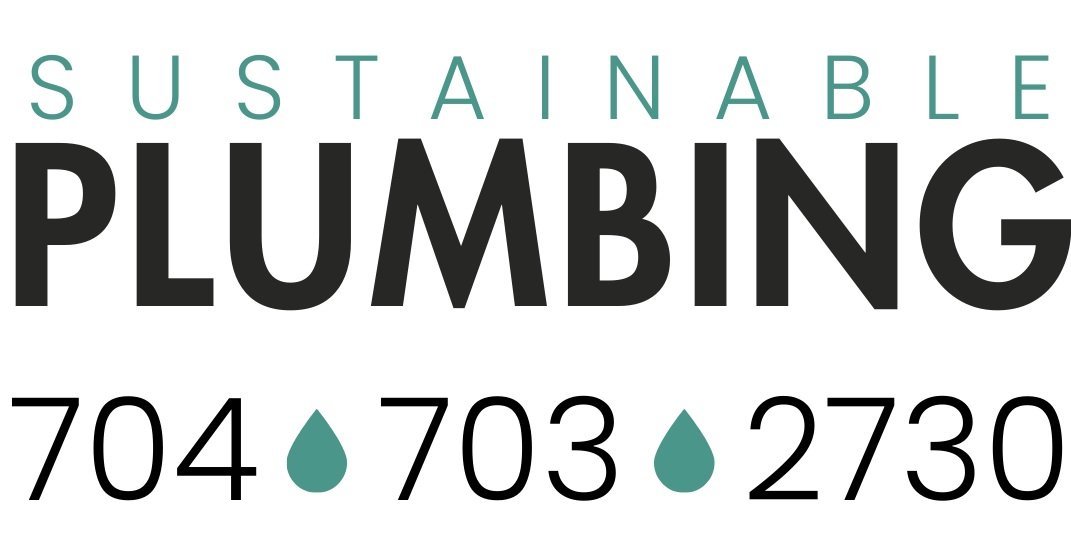
TANK WATER HEATERS
Tank Water Heater Repair and Installation
Looking to repair your tank water heater? How we’ll handle it at Sustainable Plumbing💪
Diagnosis: Before repairing a tank water heater, it's crucial to diagnose the issue accurately. Common problems include a lack of hot water, water leaks, strange noises, or issues with heating elements or the thermostat.
Shut Off Utilities: Ensure the electricity or gas supply to the water heater is turned off to prevent accidents or further damage.
Draining the Tank: If needed, drain the tank by connecting a garden hose to the drain valve at the base of the heater and letting the water flow out into a suitable drainage area.
Identifying and Replacing Faulty Components: Depending on the issue, faulty parts such as heating elements, thermostats, valves, or the tank itself might need replacement. Carefully follow manufacturer instructions or consult a professional for part replacement.
Sealing Leaks: If there are leaks, identify the source and seal them using appropriate methods such as pipe sealant or replacement of damaged parts.
Testing and Refilling: After repairs, turn the utilities back on and test the water heater to ensure proper functioning. Once confirmed, refill the tank and check for leaks again.
Time for a replacement instead? We got you covered
Selecting the Right Heater: We’ll choose a tank water heater suitable for the household's hot water needs based on size, energy efficiency, and fuel type (electric, gas, or hybrid).
Location: Select an appropriate location for the water heater installation, ensuring it complies with local building codes, ventilation requirements, and safety regulations. Typically, this is in a utility room, basement, garage, or designated area.
Shut Off Utilities: Turn off the electricity or gas supply to the installation area before beginning any work.
Preparing the Space: Clear the area and ensure it can support the weight of the water heater. If necessary, install a drip pan and drain line for potential leaks.
Installation: Follow the manufacturer's instructions and local building codes carefully to install the tank water heater. This involves connecting the water lines, gas lines (if applicable), venting (for gas heaters), and ensuring proper electrical connections.
Testing and Activation: Once the installation is complete, test the water heater to ensure it's functioning correctly. Check for leaks, verify proper temperature settings, and ensure safety features are operational.
Cleanup and Final Checks: Clean up the installation area, dispose of packaging materials, and double-check that all connections are secure and properly sealed.


